Overwhelmed by the look of celluloid: The Making of 'Whelm'
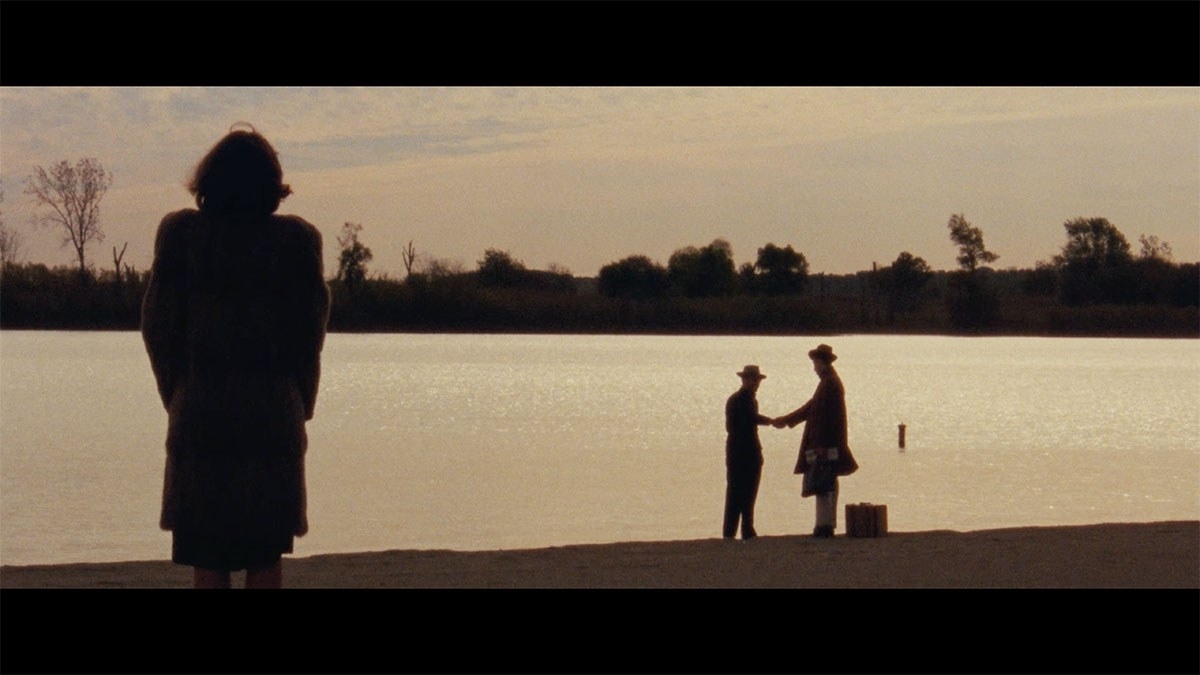
Filmmaker Skyler Lawson notes, “Every movie I grew up watching was shot on film and there is a certain romanticism baked into the organic image. I see my stories on celluloid when I’m writing them.” Image courtesy of Skyler Lawson and Ed Herrera.
Growing up on a grain farm in Indiana that has been in his family for over 100 years, filmmaker Skyler Lawson entertained himself with outdoor activities and sketching. With no satellite or cable TV, the seven-year-old farm boy looked forward to trips to the local theatre and video store. “I was and still am obsessed with movies that fully transport you to another time such as The Deer Hunter, The Thin Red Line, and The Master. I went into art school a painter and came out a designer. From there I began to learn how to score music and picked up a camera. The moving image grabbed a hold of me and wouldn’t let go. It is painting but with time and emotion. The three filmmakers who have impacted me most are Paul Thomas Anderson, Martin Scorsese and Christopher Nolan.”
Unlike Lawson, cinematographer Ed Herrera is a first-generation American of Colombian descent who grew up in New York City. “I watched black and white films on Turner Classic Movies with my father, who was and still is an encyclopedia for all things Humphrey Bogart. In high school, I worked at a video rental store and remember noticing the cover art for Once Upon a Time in America. Sergio Leone’s lyrical transitions between past and present were pure poetry.” The fascination with cinema became a career ambition. “I made the decision late into high school that I would apply to film school and luckily, I was accepted to the School of Visual Arts in New York. Originally, I was going to major in directing but legendary instructor Chris Newman, who had won multiple Academy Awards for his sound recording, helped me to realize that I was a cinematographer at heart.”
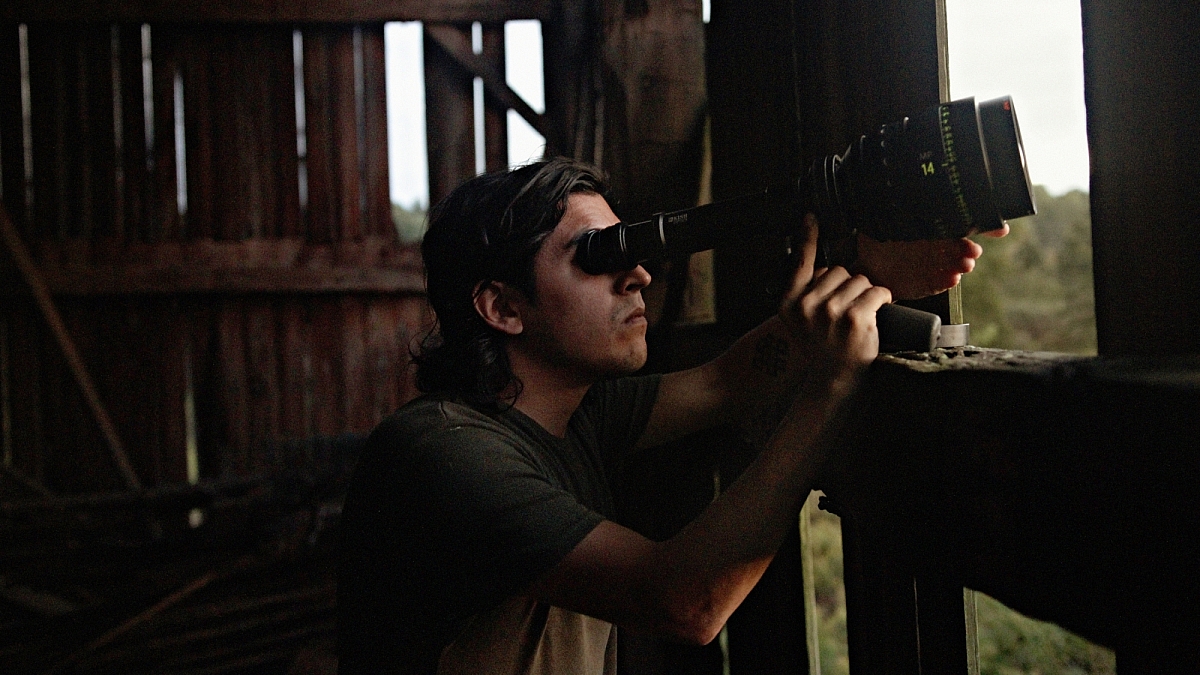
Cinematographer Ed Herrera had a lens package that included ARRI Master Primes 14mm, 16mm, and 27mm, Zeiss Master Zoom 16.5mm to 110mm, and ARRI Ultra16 8mm Prime. Image courtesy of Skyler Lawson and Ed Herrera.
The writer-director and cinematographer are kindred spirits. “I had seen a film Ed had shot at a film festival at the Chinese Theatre and immediately sought him out in the crowd afterward,” recalls Lawson. “We ended up just walking the streets of Hollywood talking about our favorite movies. We clicked like brothers right out of the gate, which I feel is essential between a director and DP. I asked him soon after to shoot Whelm.” Herrera has a mutual respect for his colleague. “By the time we got to making Whelm, we were finishing each other's sentences. This was exactly the type of film I had always sought out and loved but hadn’t done. It was the disintegrating family structure and the responsibility bestowed upon the main character to do something about that I responded to the most.”
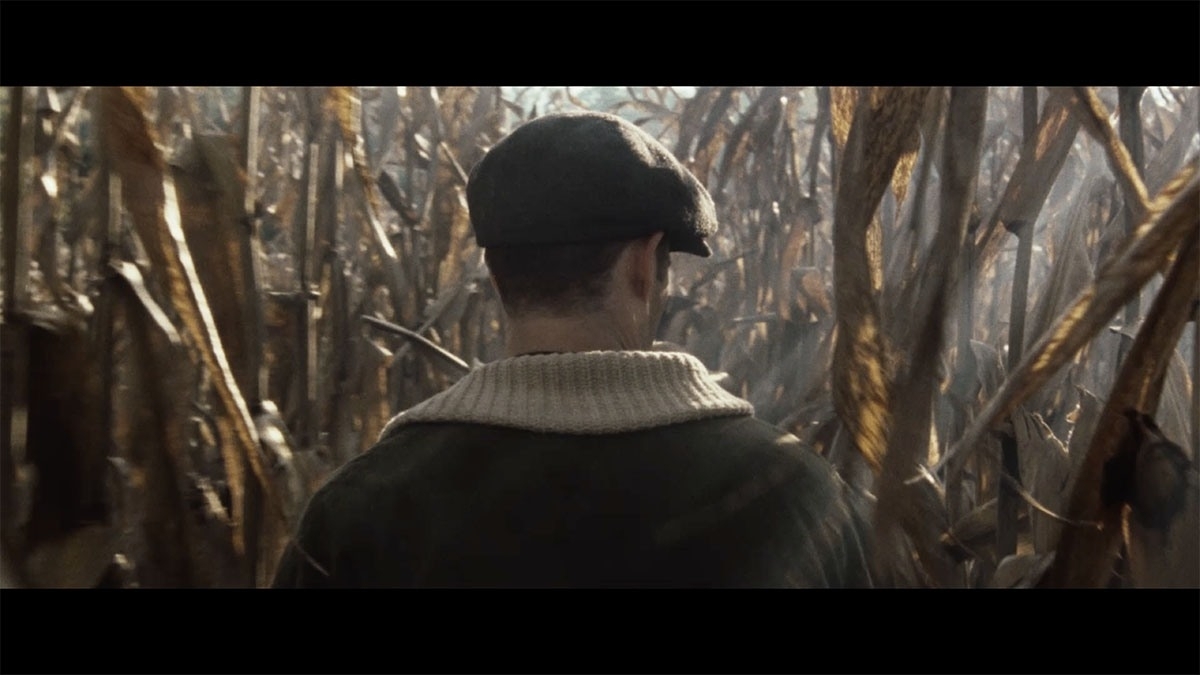
Nature dictated the color palette with Ed Herrera refining the image to feel as photochemically finished as possible. Image courtesy of Skyler Lawson and Ed Herrera.
Whelm is a Depression-era thriller that revolves around two American Midwest brothers getting drawn into an escalating rivalry between an upstart criminal and a legendary bank robber. “My self-producing of Whelm was essential because we were shooting in my hometown [of Wabash, Indiana], and so much of why we were able to get the movie made was because of the incredible outpouring of support from that community,” notes Lawson. “We did not secure the funding until three days before principal photography started. The movie centers around some local legends about a famous criminal, so between that, the previous work of my collaborators and I, and my vow to showcase the beautiful community, we reached an agreement. Thirty minutes after the cheque cleared, I called Kodak to put in the rush order of our celluloid. It arrived the morning we started shooting. In the end we made a 1933 period thriller, shot on celluloid for around $70,000. But my guess is no one would know that by just watching it.”
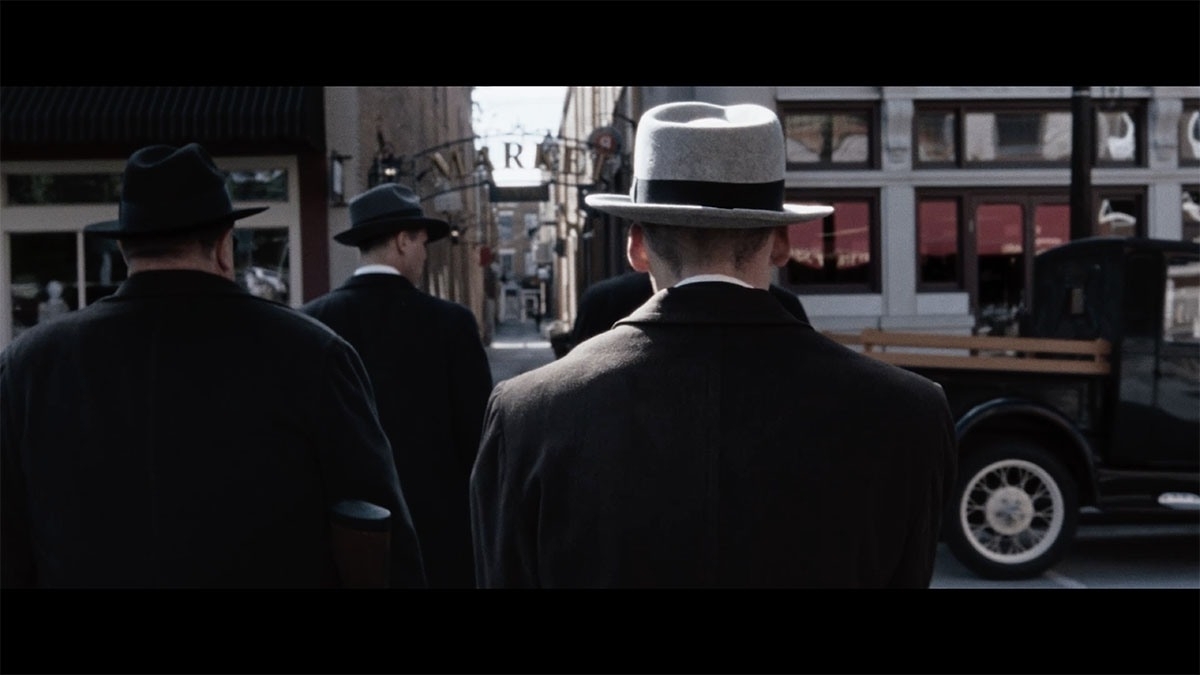
"Whelm" was shot in Wabash, Indiana, the hometown of Skyler Lawson. Image courtesy of Skyler Lawson and Ed Herrera.
Kodak Film Lab Atlanta handled the film processing and dailies scanning. “We planned on shooting Whelm on 16mm from day one!” states Lawson. “If the goal is time travel, 16mm gets you there quick! The way light falls off on 16mm is so unique. Also, it helped sell the production design with an inherent patina. However, we shot the majority of Whelm on slower stock and sharp lenses to take advantage of the 16mm glow but reduce the grain that is often associated with it. Every movie I grew up watching was shot on film and there is a certain romanticism baked into the organic image. I see my stories on celluloid when I’m writing them.” The principal film stock was KODAK VISION3 50D Color Negative Film 7203 which had the desired fidelity and grain structure. “It has a gentle, abstract quality to how it renders what you put before the lens,” observes Herrera. “I used KODAK VISION3 250D Color Negative Film 7207 in the forest to push the exposure to the absolute threshold, when we needed it. I also used KODAK VISION3 500T Color Negative Film 7219 in a barn scene that was lit by actual firelight with a tiny bit of tungsten augmentation. We shot the handful of aerials on a digital drone and worked our hardest during the grade to blend it with the celluloid originated images.”
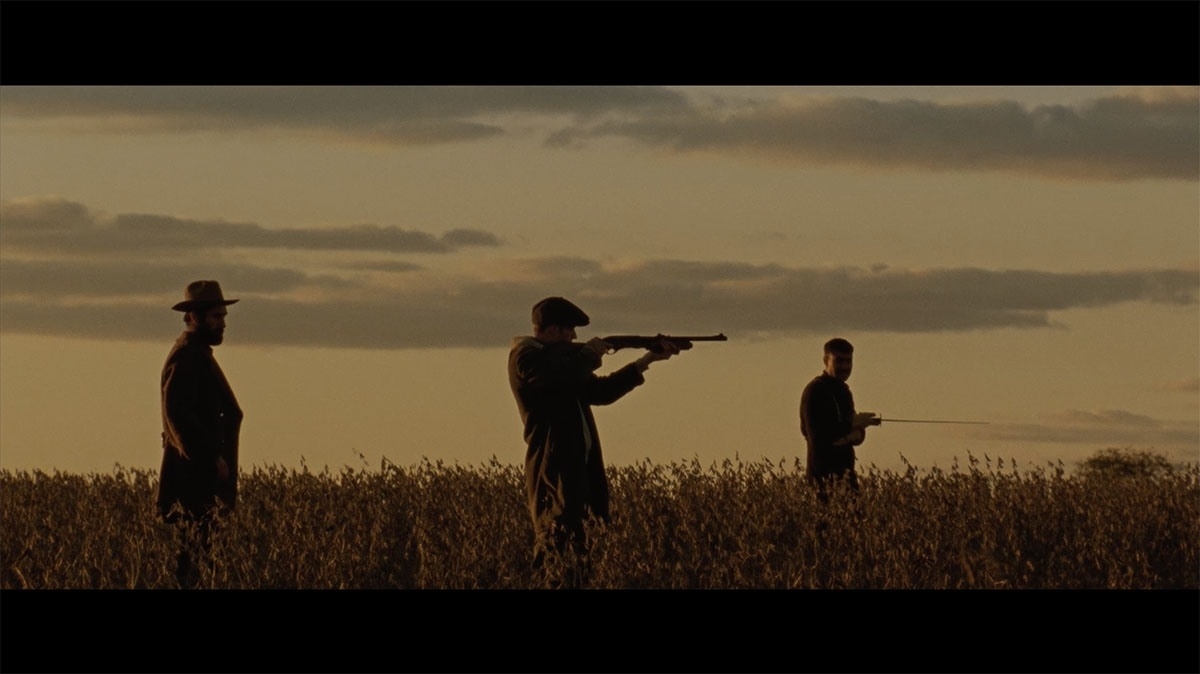
The principal film stock was KODAK VISION3 50D Color Negative Film 7203 which had the desired fidelity and grain structure. Image courtesy of Skyler Lawson and Ed Herrera.
Paired with the Arriflex 416 camera were ARRI Master Primes 14mm, 16mm, and 27mm, Zeiss Master Zoom 16.5mm to 110mm, and ARRI Ultra16 8mm Prime. “A great deal of the film was shot with a 16mm and 27mm lens combo,” explains Herrera. “We would end up using the Master Zoom for the entirety of a scene because we loved using the slow creeping zoom as a storytelling tool to get inside the character’s state of mind. I used the ARRI Ultra16 8mm Prime in the train station to make Reed Haywood [Dylan Grunn] look like an insignificant speck compared to the cathedral-like architecture above him. My lighting kit was small, I only had a set of LiteMats, a Joker 800 through a Leko lens, and a handful of small tungsten heads that came out of Midwest Lighting and Grip.” Preproduction lasted two weeks followed by 14 shooting days with an extra day or two of inserts for chapter headings. “We were on a really vigorous schedule of up to seven scenes a day in multiple locations, so we built a rhythm of getting to the location, letting the actors rehearse in the space to establish natural blocking while we watched,” remarks Lawson. “We’d decide where to put the camera on the spot and would go for extra coverage if we could feel the pacing wandering off, or if we wanted to punctuate a certain beat.”
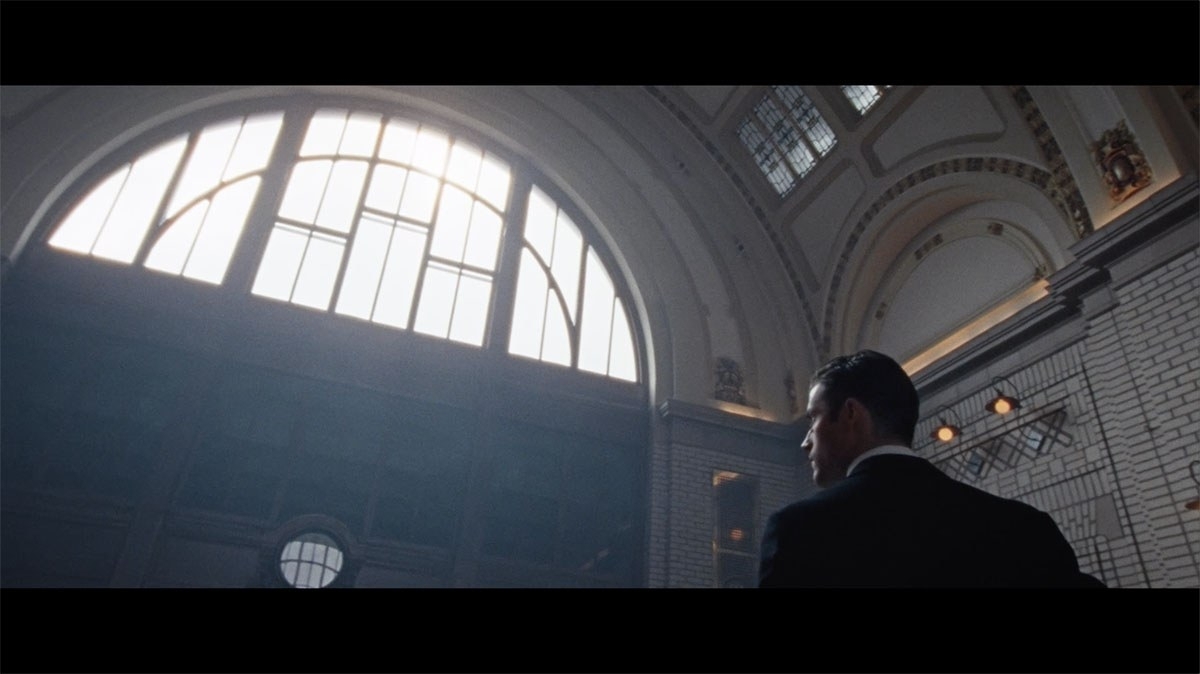
Ed Herrera used an ARRI Ultra16 8mm Prime lens in the train station to make Reed Haywood [Dylan Grunn] look like an insignificant speck compared to the cathedral-like architecture above him. Image courtesy of Skyler Lawson and Ed Herrera.
“One of my favorite discussions in the prep period is, in fact, the aspect ratio,” admits Herrera. “The shape of the frame has a tremendous impact on the psychological perception of the story; it’s the way we see and understand the world. Skyler and I entertained the idea of originally making the film in 1.85, but everything kept bringing us back to 2.35:1. We realized we needed more horizontal surface area. Reed Haywood and his brother August [Ronan Colfer] continually travel right to left throughout the wild goose chase that they’ve been led on for almost the entirety of the film. This screen direction is reversed as he finally bids his friend Alexander Aleksy [Delil Baran] farewell and simultaneously turns down a large sum of money in a briefcase. This was a defining moment for Reed in becoming not only an adult but someone with morals and ethics. Aleksy’s character was treated the opposite; he’s cunning, charming and able to maneuver out of situations like a fox. For that reason, we portrayed him traveling effortlessly against the grain until he crosses paths with the boys.”
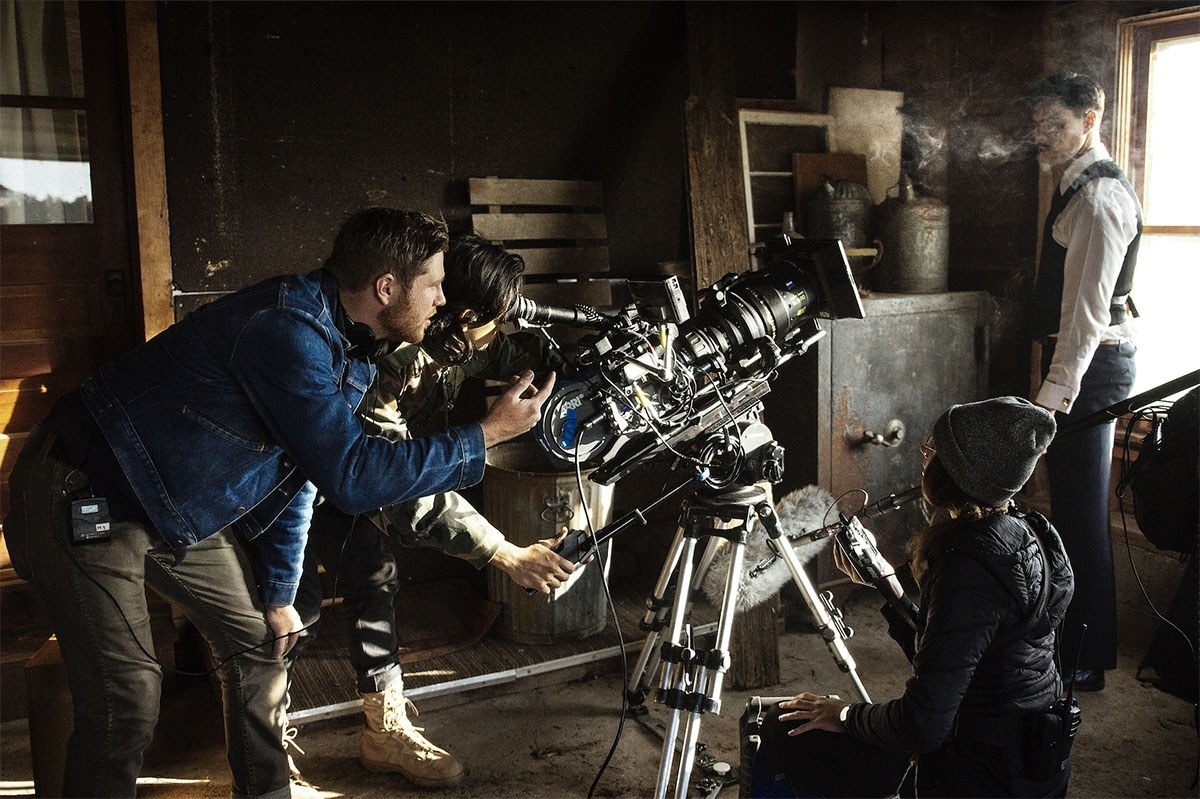
Filmmaker Skyler Lawson and cinematographer Ed Herrera shot "Whelm" over a period of 14 days. Image courtesy of Skyler Lawson and Ed Herrera.
Nature dictated the color palette. “The landscape of where I grew up has a specific color palette in the fall of the year especially in evening and morning light,” explains Lawson. “I curated almost everything in the film to mimic this.” Some grading adjustments were made during the DI. “I wanted to refine the image to feel as photochemically finished as possible, as if you were watching a silver retention print,” remarks Herrera. “Alan Gordon, our DI colorist, brought us into a realm that I felt was a digital representation of the partial skipped bleach technique. If a certain tone or color didn’t render in a manner that fit the world, we’d carefully refine the hue. A good example of this is the color green, which was present in all of the exteriors. The vegetation in the forest scenes tended to have a lot of yellow naturally in it, so we would roll those yellowy-greens into a stark forest-green hue. That sometimes helped to give the images a feeling of black silver on the surface, which was a desaturating characteristic of Deluxe’s CCE silver retention process.”
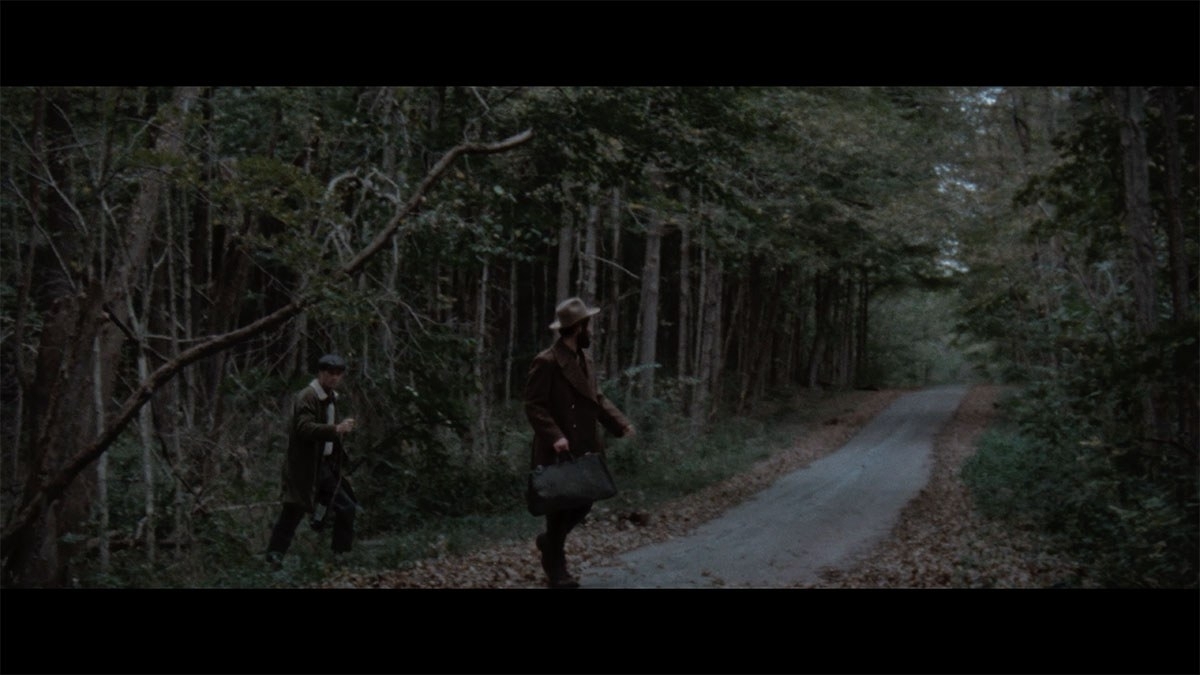
The vegetation in the forest scenes tended to have a lot of yellow naturally and were graded to be a stark forest-green hue. Image courtesy of Skyler Lawson and Ed Herrera.
Narratively the film closely resembles the script. “Once the movie was shot, I never really looked too hard at the script again,” states Lawson. “It was all about taking the audience on a ride, and maintaining a certain tone throughout. This is not just a typical gangster picture where men are just walking around with Tommy guns; it goes beyond that to a much more personal place. I moved a couple sequences to adjust for some of the improvisation we did, but for the most part it follows the script.” There was not much in the way of visual effects. “Most of our muzzle flashes were captured in-camera by the use of blank-firing weapons,” remarks Herrera. “There were some situations where a character had to be shot at point-blank range, so we used a visual effects muzzle flash instead to protect the safety of our actors.”
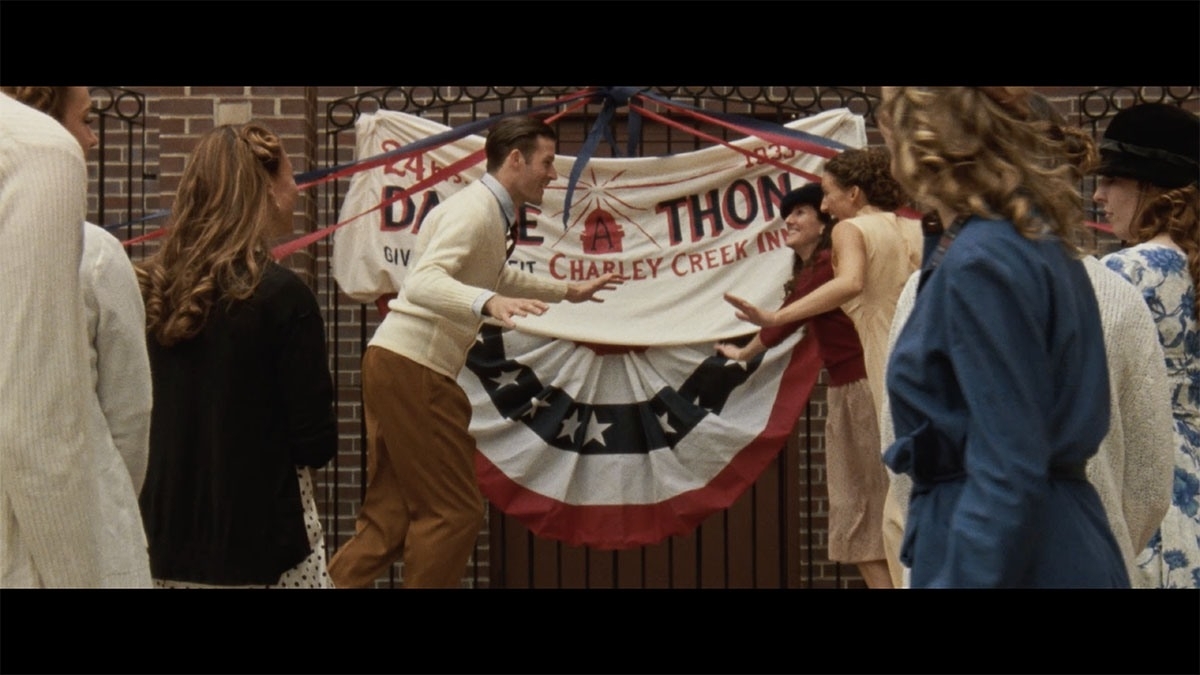
Up to seven scenes were shot a day in multiple locations. Image courtesy of Skyler Lawson and Ed Herrera.
“Ryan Dwork and Lynn Gustafson at ARRI Rental have always supported up and coming talent,” states Herrera. “My first assistant, Nicole Lehrman, has become like a sister to me. Paul Schreiber, our second AC, was invaluable. We let Steadicam operator Greg Arch loose to feel the moment with the actors, and it all made it up on the screen. Our gaffer Brenton Oechsle was instrumental in allowing us to make our days without sacrificing the look we were going for. Kodak Film Lab Atlanta manager Rob Wales oversaw the development of our negative, and I never had a bad night's sleep during the shoot thanks to him. Mike Brown, the VP for Kodak Motion Picture – Atlanta, championed our ability as filmmakers. Ian McDonald went the distance with us on the look of the dailies. Jack Rizzo of Metropolis Post personally handled the finishing scans for us and Ian Bostick looked after the dust busting of the negative, as well as all our final deliverables. Every frame has the texture of a Renaissance painting and I owe so much of that to the artistry of our DI colorist Alan Gordon at Post Pro Gumbo.”
“I believe the one true challenge we had was our attempt to minimize the compromise, in every respect,” observes Herrera. “I was fortunate to be working alongside a relentless director, cast and crew, so it was about all of us working at 100 every day. If any of us got tired or gave a fraction of where we were supposed to be at, it was about holding each other accountable; that’s what built our camaraderie and what led us to capturing every piece the best that it could be, given the day-to-day realities of this production. Lawson favours a particular cinematic moment. “Without giving anything away, there is a heist that opens the world of our characters a bit. Before that happens, we slow the inner clock of the audience just before the narrative gets shattered into new territory.” Complicating matters is the global lockdown caused by the coronavirus. “We are currently seeking out the right distribution partner. With the festivals on hold, we are actively trying to get our movie in front of audiences. I’m excited for them to take the ride. Whelm truly is unlike any Indie film they’ve seen. I’m confident in that.”